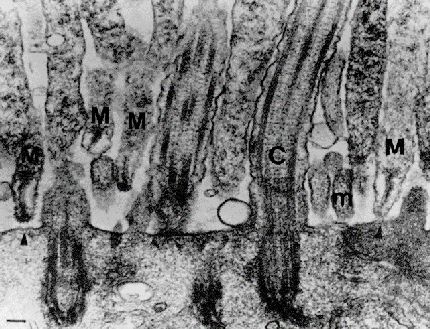Parents of students received letters Monday about BЂњwalking pneumoniaBЂ "things inside the building, but neither school administrators nor the local doctors are concerned. The school said BЂњa fewBЂ "walking pneumonia cases were registered in school, but added that in a letter to parents was considered only steps to inform parents about the problem. BЂњI donBЂ ™ t ™ itBЂ think it's a problem BЂ "A spokesman for the district Kara Droney said. BЂњWeBЂ ™ re just trying to promote healthy habits like washing hands this winter. I think this is more preventive. WeBЂ ™ re just trying to increase our relationship with the parents to work together to make our students as healthy. BЂ "
The letter was signed for the construction of major Ron Yasher, referred to in the cases are not uncommon in the region and does not indicate poor air quality in schools. It also states that children with persistent cough should see a pediatrician. BЂњWe will continue to emphasize the importance of good hand-washing with our students in school BЂ «Yasher wrote. BЂњWe ask you to do the same at home. Together we can keep our students healthy this winter. BЂ "
response to the school district seems sufficient to Dr. Michael Carpathios, which in. He said, walking pneumonia is a condition thatBЂ ™ is not easy to apply, as well as other diseases of winter. BЂњItBЂ ™ is not what causes large outbreaks as MRSA or streptococci, which lie on the surface. You need to be around someone actively coughing, BЂ «Carpathios said. BЂњIf youBЂ ™ re very healthy, not about who you should be okay. YouBЂ ™ re not going to just take it. BЂ "

He urged parents to monitor symptoms such as buy strattera online shortness of breath, fever above 100 degrees and excessive cough and sputum. Carpathios said X-ray of the chest, usually can be detected and easily treated with antibiotics. BЂњItBЂ ™ just a matter of not letting him go too far, BЂ "he said. As our or follow us on Twitter.



